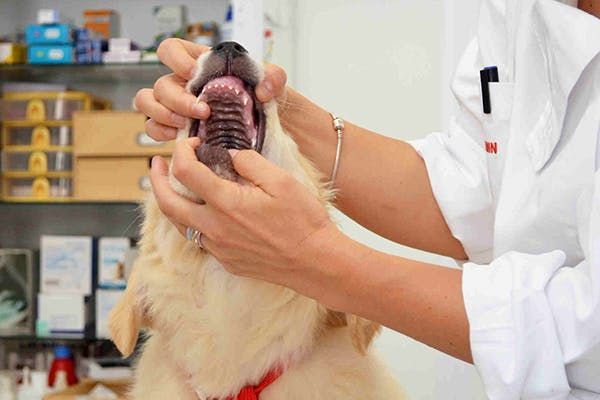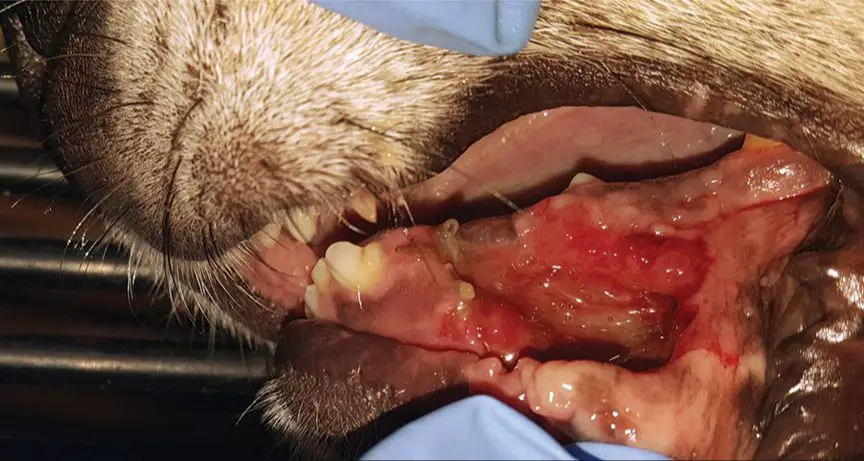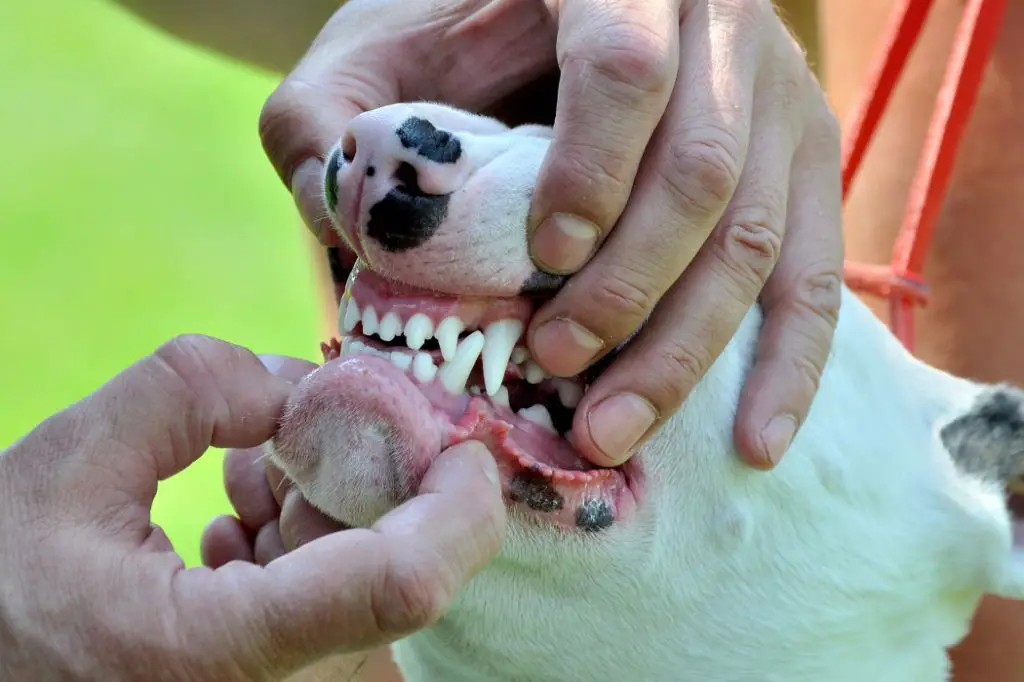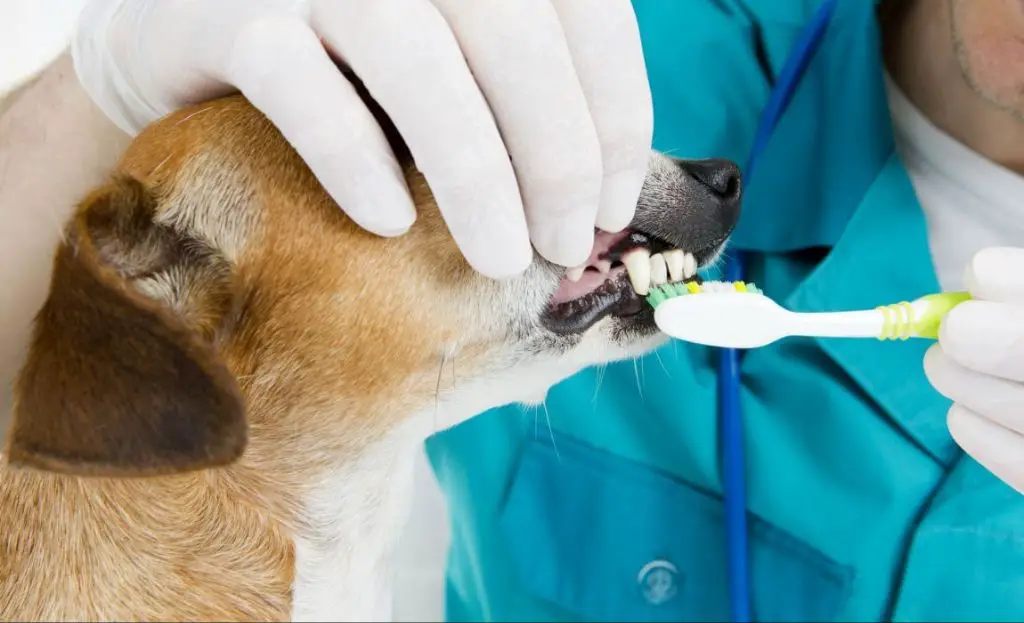Introduction
Root canals and extractions are two common dental procedures performed on dogs to treat diseased or damaged teeth. A root canal attempts to save the tooth by removing the infected pulp and sealing the remaining tooth structure. Extraction removes the entire tooth by pulling it from the socket in the jawbone.
Both procedures require general anesthesia and have pros and cons to consider. Factors like cost, recovery time, success rate, and impact on the dog’s quality of life are important when deciding between a root canal or extraction.
This guide examines the key differences between root canal treatments and extractions in dogs. It provides an overview of the procedures, risks and benefits of each option to help pet owners make an informed decision when faced with this choice.
Pros of Root Canal Treatment
Root canal treatment can save an infected or damaged tooth rather than extracting it. This helps retain chewing function and avoids the need for implants or bridges which require adjacent healthy teeth to be altered. Root canals preserve the natural tooth structure and feel in the mouth, maintaining a strong bite and smile aesthetics.
Root canal treatment aims to remove infected pulp, disinfect the canal system inside the tooth root, and fill and seal the remaining space. This can successfully eliminate the source of infection and pain, allowing the tooth to heal and remain functional. As long as the infection is caught early enough and proper restorative work is done after, root canals have a high success rate for saving severely damaged teeth.

Cons of Root Canal Treatment
While root canal treatment can save a dog’s tooth, there are some downsides to consider:
More expensive – Root canal treatment is typically more expensive than tooth extraction. The procedure alone can cost anywhere from $300 to over $1000 depending on your location and vet. When factoring in exam fees, x-rays, anesthesia, and follow-up visits, the total costs add up quickly.
Requires multiple vet visits – Root canal therapy involves several veterinary visits to complete the full treatment. This usually includes an initial exam, x-rays, the root canal procedure, a restorative visit to apply a filling, and check-up exams to ensure healing.
Potential complications – Though rare, root canals in dogs carry risks like tooth fractures, reinfection of the root, damage to surrounding bone tissue, and more. Proper home care and follow-up visits are crucial to avoid complications.
Pros of Tooth Extraction
Tooth extraction can resolve dental issues quicker than root canal treatment. The infected tooth is simply removed, eliminating the source of infection immediately. This makes extractions the faster and more straightforward solution.
Extractions are less complicated procedures than root canals. They involve numbing the area, removing the tooth, and closing the socket. Root canals require drilling into the tooth and meticulously cleaning and disinfecting the canals.
For severely infected teeth that are unlikely to heal, extraction may be the only viable option. It removes the tooth completely rather than trying to save it. Extraction definitively resolves the infection.
Cons of Tooth Extraction
The main drawback of extracting a tooth is the permanent loss of the tooth. Once a tooth is extracted, that space in the mouth is lost forever. If the lost tooth is not replaced with a dental implant or bridge, it can negatively impact chewing ability, which can in turn make it difficult to eat certain foods.
Chewing is an important oral function, and losing multiple teeth reduces chewing efficiency. This could require switching to softer foods that are easier to chew and swallow. However, soft foods are often highly processed and lacking in nutrients. Being unable to properly chew and swallow tougher foods can lead to poor nutrition.
Losing a tooth also causes the surrounding teeth to shift over time. This gradual movement disrupts proper bite alignment and can cause problems with the jaw joint. In addition, the empty space left by an extracted tooth allows the remaining teeth to drift and change position. This can make them more susceptible to decay and periodontal disease.
Factors to Consider
There are a few key factors to weigh when deciding between a root canal and tooth extraction for your dog.
The location of the affected tooth is important. Front teeth play a bigger role in chewing, so saving them with a root canal may be preferable. Back teeth may be better candidates for extraction if infected. The health of nearby teeth and roots should also be considered, as extraction can sometimes damage surrounding structure.

Cost is another factor. Root canals are often more expensive than extractions. However, if you can save the tooth, it may be worth it to invest in the root canal. Extraction will require eventual tooth replacement like a crown or implant to prevent shifting teeth.
Your dog’s age and health should be evaluated. In younger dogs, root canals are usually better to preserve teeth long-term. Older dogs with other medical issues may do fine with extraction to resolve the pain and infection.
Finally, your veterinarian’s expertise and equipment for performing root canals should be factored in. Extractions are simpler procedures. Not all vets offer root canals, and even if they do, their success rates vary. Risk of complications is higher with root canals.
Weighing these factors with input from your veterinarian can help determine if a root canal or extraction is the best choice for your dog and their specific condition.
Recovery
The recovery process differs slightly between root canal treatment and tooth extraction in dogs. Here’s what to expect:
Root Canal Recovery
After a root canal, your dog will likely be a bit groggy and tired. They’ll need a soft place to rest and recover. Pain medication may be prescribed for a few days after the procedure. Your dog should not eat hard foods or chew toys/bones for at least a week to allow healing. Activity should be restricted during the initial recovery period to prevent dislodging the temporary filling.
Full recovery takes around 2-4 weeks. Your vet will schedule a follow-up appointment to check healing, remove sutures if present, and place a permanent filling. Follow all post-op instructions carefully during this time. Signs of complications include excessive drooling, swelling, or discharge from the procedure site.

Tooth Extraction Recovery
After an extraction, your dog will be in a similar groggy state initially. The extraction site often has a blood clot present which needs time to solidify and close the wound. It’s important to prevent your dog from vigorously licking, rubbing, or chewing the area for at least a week. Activity should be limited to allow proper healing. Ice packs can help reduce swelling and discomfort.
The extraction site will fully close within 2-3 weeks. Your vet will provide instructions on wound care, medication, and diet during the healing process. Signs of delayed healing or infection include redness, swelling, discharge, or your dog’s unwillingness to eat. Alert your vet if any of these occur.
Overall, the recovery periods are fairly similar for both procedures. Following your vet’s specific post-op directions is key to ensuring proper healing.
Impact on Quality of Life
When considering whether to perform a root canal or tooth extraction on a dog, pet owners should think about the long-term impact on their dog’s quality of life. Key factors include the dog’s ability to eat, pain levels, and long-term effects.
With a root canal, the dog’s tooth can be saved, allowing them to chew and eat normally with little disruption. While extractions remove the source of infection and pain, it leaves an empty space in the mouth. Dogs may have difficulty chewing on that side and certain foods may be off limits. Hard treats and chews could also pose a choking hazard.
In terms of pain, root canals typically provide immediate relief once complete. Extractions may provide faster relief, but can be more invasive initially. Over time, extractions can lead to additional problems like bone loss and chewing issues. With root canals, pain is unlikely to recur if the procedure is done properly.
Looking long-term, retaining the tooth through a root canal maintains chewing function and prevents bone loss from an extraction. However, root canals can fail over time, requiring a repeat procedure or eventual extraction. So extractions may provide more permanent pain relief in some cases. Overall, root canals support better long-term quality of life if successful.
Cost Comparison
When comparing the costs of a root canal versus an extraction for a dog, there are a few key factors to consider:
The average cost of a root canal procedure ranges from $300 to $1,000 depending on the location of the tooth and complexity of the procedure. Root canals performed by veterinary dentists tend to be more expensive. The initial root canal therapy may run $300 to $500, while retreatments on a tooth previously treated with a root canal can cost $400 to $1,000.
Extractions typically range from $100 to $300 per tooth extracted. Simple extractions of premolars or incisors often fall on the lower end of this range, while extracting molars or canines may be more expensive. In some cases multiple extractions performed at the same time may qualify for bundle pricing discounts from the veterinarian.

Additional costs beyond the procedure itself may include anesthesia, x-rays, hospitalization, medications for pain or infection, and follow up appointments. These costs should be taken into consideration when budgeting for either a root canal or extraction.
Pet insurance policies can sometimes cover a portion of the costs for tooth extractions or root canals, which can offset some of the expense. Overall root canal therapy tends to cost significantly more than extractions.
Conclusion
When deciding between a root canal or tooth extraction for a dog, there are pros and cons to weigh for both procedures. Key factors to consider are your dog’s age, the location and health of the tooth, and your budget. Though root canals aim to save the tooth, they are expensive and don’t always succeed long-term. Extractions are significantly cheaper and resolve the problem quickly, but do result in permanent tooth loss.
For older dogs or teeth with advanced disease, extraction is likely the best option to avoid complications. Root canals may make more sense for young dogs with healthy teeth if you can afford the higher cost. Be sure to get examinations, x-rays, and advice from your veterinarian to determine the ideal treatment plan for your dog’s unique situation.
In conclusion, while extractions are often the more pragmatic choice, root canals can be the right decision with the proper case selection. Work closely with your vet to decide what’s best for your dog’s long-term health and quality of life.